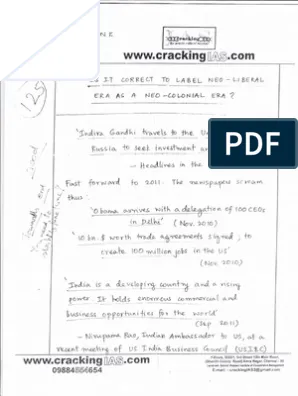- Home
- Prelims
- Mains
- Current Affairs
- Study Materials
- Test Series
 Latest News
Latest News
Echoes of Unity: 150 Years of Vande Mataram
Marking a momentous occasion, the Indian Prime Minister recently inaugurated a year-long celebration commemorating 150 years of Vande Mataram, hailing it as an “enduring symbol of patriotism and unwavering devotion to the nation.”
Understanding Vande Mataram
- National Song of India: Vande Mataram holds the esteemed status of India’s National Song, embodying the ideals of devotion to the motherland and the spirit of sacrifice.
- Origins: Penned by Bankim Chandra Chatterjee on November 7, 1875, the song reflects the essence of Indian unity and patriotic fervor.
- Motherland as Deity: Rooted in Indian philosophy, the song envisions the nation as a living mother, worthy of reverence and selfless service.
- Linguistic Harmony: A unique blend of Sanskrit and Bengali, the composition bridges cultural and linguistic traditions.
- Literary Debut: Vande Mataram was first featured in Chatterjee’s novel Anandamath (1882), where saffron-clad sanyasis resist British rule during the 1770 Bengal famine.
- Serialisation and Impact: Initially serialized in Bangadarshan (1880–82), the novel and its anthem became a cornerstone of nationalist literature, with the song serving as a spiritual war cry for freedom.
Milestones in the Journey of Vande Mataram
- First Public Rendition (1896): The song was publicly sung at the second session of the Indian National Congress.
- Translation by Sri Aurobindo: He rendered the poem into English, both in prose and verse, preserving its poetic and spiritual depth.
- Tagore’s Voice (1896): Rabindranath Tagore composed and sang Vande Mataram at the Calcutta Congress, later recording India’s first commercial gramophone version (1904–05), immortalizing its patriotic essence.
- Swadeshi Movement (1905): The song became a rallying cry during the anti-colonial Swadeshi movement.
- Barisal Defiance (1906): Thousands in Barisal (now in Bangladesh) defied a police ban by chanting Vande Mataram at a political conference.
- Bhikaji Cama’s Tricolour (1907): In Stuttgart, Germany, Cama unfurled an early Indian flag with Vande Mataram inscribed, symbolizing the global reach of India’s freedom struggle.
- Revolutionary Adoption: Freedom fighters like Khudiram Bose, Ashfaqulla Khan, and Chandrashekhar Azad embraced the song as a mantra of defiance and patriotism.
- Constitutional Recognition (1950): On January 24, 1950, the Constituent Assembly officially declared Vande Mataram as the National Song of India.
Significance and Legacy
- Cultural Renaissance: The song marked a civilisational revival during a time when colonial rule sought to suppress India’s spiritual and cultural identity.
- Sacred Literature: In Anandamath, the song became a sacred chant for freedom, sung by ascetic warriors.
- Martyrs’ Anthem: For many revolutionaries, Vande Mataram was the final chant before martyrdom.
- Spiritual Unity: Tagore’s rendition was described as a deeply spiritual moment, merging devotion, duty, and patriotism.
- Symbol of National Integration: Even today, it evokes reverence and pride, symbolizing India’s civilisational continuity and unity.
Contemporary Discourse and Misinterpretation
- Ideological Misuse: Some critics today label the song as divisive or communal.
- Historical Disconnect: Such views often stem from a lack of understanding of its deep cultural and historical significance.
Relevance in Today’s India
- Vision for the Future: Vande Mataram continues to inspire unity and collective strength as India strides toward development and self-reliance.
- Living the Anthem: The song’s spirit thrives in the everyday contributions of farmers, soldiers, teachers, and innovators who serve the nation selflessly.
- Patriotism in Practice: It teaches that true patriotism is not a fleeting emotion but a lifelong commitment to the motherland.
From a literary masterpiece to a national mantra, Vande Mataram has transcended time to become the soul of India’s patriotic consciousness. It transforms emotion into action, reminding every citizen that the highest form of devotion is service to the nation.










 General Studies
General Studies